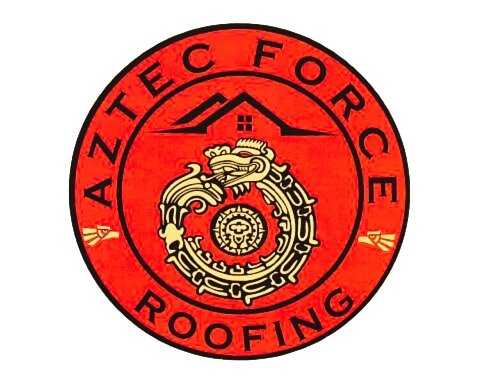The professional roofing process is often made complicated by two similar-sounding phrases, new roof installation and roof replacement. Both are aimed at providing a solid and secure roofing system, but they serve different contexts and are procedures that have differences in purpose as well. Knowing the differences is important for you to understand so that you can make an informed decision whether you are building a new structure or if you have an existing roof that is showing its age. Aztec Force Roofing LLC is going to discuss the primary differences between a new roof installation and a roof replacement in this blog.
Understanding the Basics of a Roofing Project
A roof replacement and the construction of a new roof each involve their own scope of work. Before we look at building and financial implications, we want to define what each means.
Let’s understand the basics of what roof replacement or roof installation is:
Roof Installation
A new roof installation is the application of a roof to a new construction, which could be a new house, extension, or garage that has no roof. This is the rare occasion where roofers are starting with a blank canvas—they will put down the decking (the structural base), then underlayment (a waterproof barrier), and finally the roof itself with shingles, metal, or tiles.
Roof Replacement
On the other hand, roof replacement involves removing an existing, often damaged or aged roof and installing a new one in its place. This is typically done when a roof has reached the end of its life due to weather damage, leaks, mold, or deterioration.
Key Differences at a Glance
Both roof installation and roof replacement ultimately lead to a strong and functional roof, but the steps taken to achieve that result vary greatly. Understanding these differences can help you make informed decisions about your roofing needs.
| Roof Replacement vs Roof Installation |
| Process Comparison New installations start fresh, while replacements begin with tear-off and repair. |
| Material Requirements Both can use similar materials, but replacement may involve upgrading or matching previous materials. |
| Cost Implications Replacements are typically more expensive due to labor and disposal costs. |
| Time and Labor New installations are usually quicker and simpler, whereas replacements are more complex and time-consuming. |
Factors to Consider Before Choosing
Now that you understand the core definitions, it’s time to evaluate your current situation. The decision between new installation and replacement depends on factors like age, cost, structure, and material options.
These are the factors that you should consider before choosing the roofing project:
Age and Condition of the Existing Roof
As you’re deciding to consider the most a roof can do over its lifetime, the first thing to consider is the age of your current roof. Most roofing materials come with a shelf life: typically 20 to 30 years for asphalt shingles, 40 to 70 years for metal, and up to 100 years for clay tiles.
Cost Comparison: New vs. Replacement
Cost is a real concern when having a roof installed, with new roofs costing less most of the time, as there is less demolition as well as structural repairs, while a replacement roof will usually have higher initial costs but ultimately be more economical in the long term.
Structural Integrity and Building Codes
Selecting between roof installation and roof replacement has to do with codes and structural integrity. New roof installations are built to local codes. Roof replacements may expose an unknown hazard, and as a result, inspection becomes important.
Roofing Material Options and Upgrades
New roofing options provide various material selections that affect energy consumption and curb appeal. Repairs can be upgraded to better insulation or solar-ready, but replacement conditions may need exact replacements, the same weight support, and years of service.
Conclusion
While new roof installation and roof replacement may be similar projects, they are two different undertakings with different objectives, methods, and prices. New roof installation is a new start offered by new buildings. Roof replacement is more about renewal; using your existing property and renewing your home by pulling a structural reset on it and extending its life. Understanding the differences will help you budget better, hire a qualified contractor, and make sound decisions for your structure that will protect your investment for the next years.
FAQs
Can I install a new roof over an old one?
Yes, but it’s called reroofing, and it’s only allowed in certain areas and under certain conditions.
How often should I replace my roof?
The general rule is every 20 to 30 years for asphalt shingles, depending on weather exposure and maintenance.
What is the best type of roof to install?
Slate is the most durable and longest-lasting roofing material, with a life expectancy of more than 150 years.
